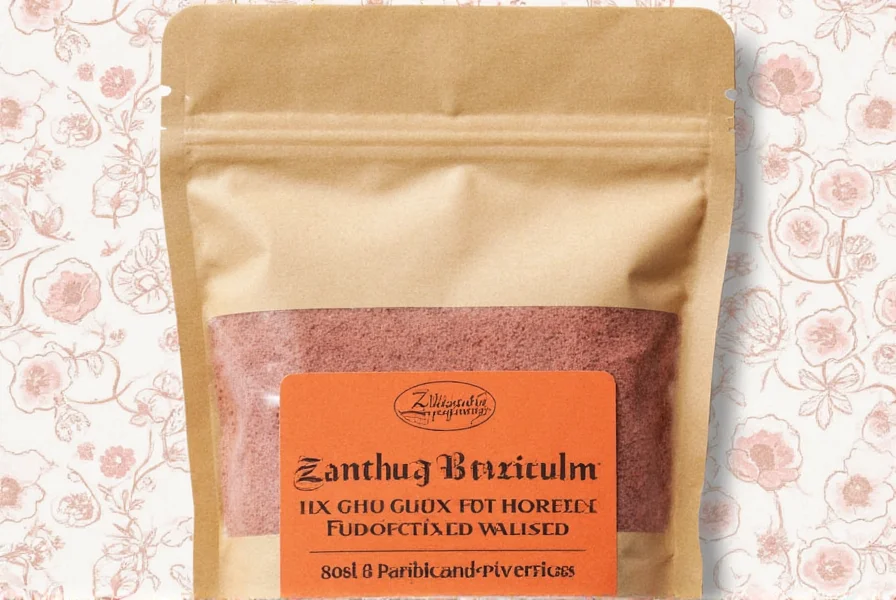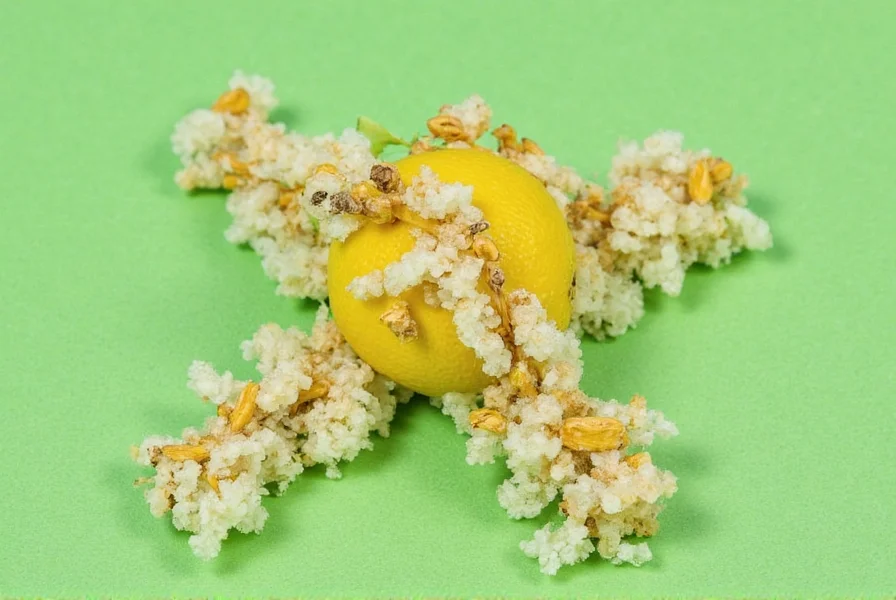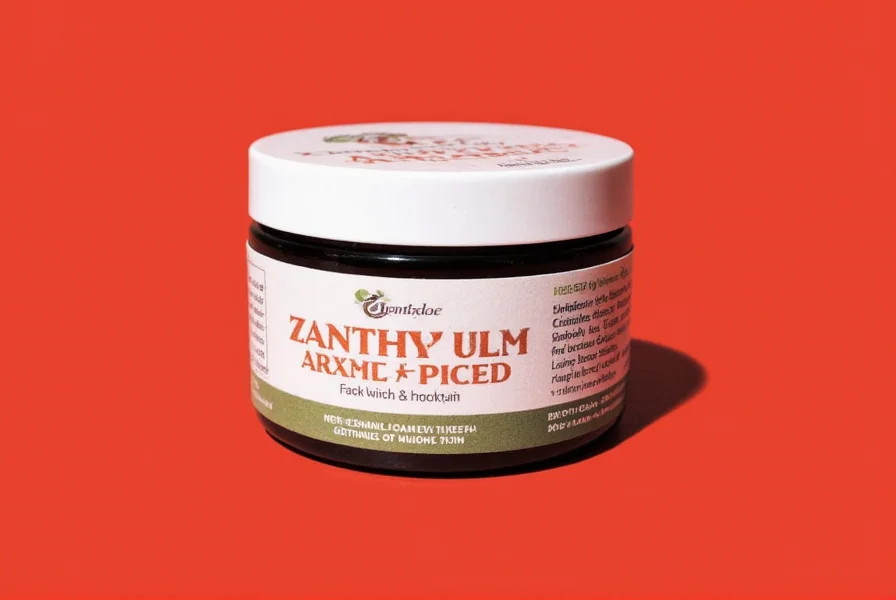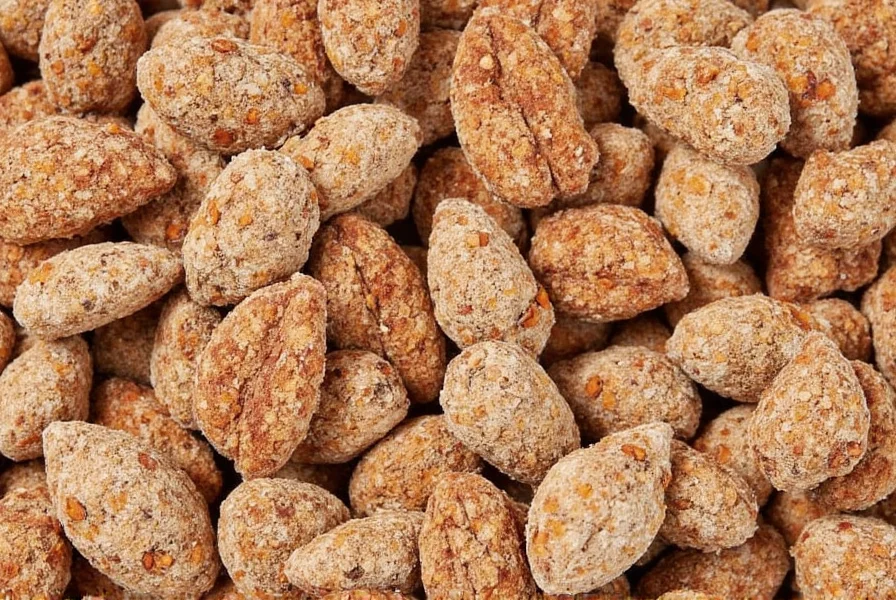Table of Contents
Introduction to Gum Arabic
If you're a spice enthusiast or someone who loves experimenting in the kitchen, then you might have heard of gum arabic. But if not, don't worry—you're about to discover one of the most intriguing and versatile ingredients out there.
Gum arabic is derived from the sap of the Acacia senegal tree, commonly known as the gum arabic tree. It's often confused with other natural gums like guar gum or xanthan gum, but it has its own unique properties that make it stand out. Whether you're looking to stabilize emulsions, prevent crystallization in confectionery, or add a subtle sweetness to beverages, gum arabic is a game-changer.

Before we dive deeper, let's break down what makes gum arabic special—and why it's worth your attention.
Practical Tips for Using Gum Arabic
Here are some quick tips to help you get started with gum arabic in your cooking:
- Start Small: Gum arabic is primarily an emulsifier and stabilizer, not a thickener. Use minimal amounts to prevent separation in dressings or beverages.
- Hydrate First: To avoid clumping, mix it with a small amount of water or another liquid before adding it to your dish.
- Use in Confectionery: It prevents sugar crystallization in candies and frostings, making it essential for high-quality sweets.
- Add to Beverages: It stabilizes citrus oils in sodas and prevents clouding in fruit juices, ensuring consistent texture.
- Pair with Other Gums: Its mild flavor complements xanthan or guar gum when combined for specific texture needs.

Now that you know how to use it, let's take a closer look at what makes gum arabic unique.
A Deep Dive into Gum Arabic
While gum arabic might sound like an obscure ingredient, it's actually used in both culinary and industrial applications. Let's explore what it is and how it works.
What is Gum Arabic?
Gum arabic is a natural polysaccharide extracted from the sap of the Acacia senegal tree. It's a plant-based gum that functions primarily as an emulsifier and stabilizer, not a primary thickener. Unlike synthetic additives, it's completely natural and safe for consumption.
How Does It Work?
When mixed with water, gum arabic forms a viscous solution that prevents oil and water from separating. This makes it excellent for stabilizing emulsions in beverages and sauces. It also inhibits sugar crystallization in confectionery, ensuring smooth textures.
Where Is It Used?
Beyond the kitchen, gum arabic is used in cosmetics, pharmaceuticals, and printing inks. In food, it's commonly found in soft drinks, candies, and salad dressings to maintain stability and texture.
Why Choose Gum Arabic Over Other Gums?
Compared to xanthan gum or guar gum, gum arabic has a milder flavor and superior emulsification properties. It's particularly effective in acidic environments and for preventing crystallization, making it the preferred choice for beverage and candy manufacturing.
| Gum Type | Flavor Profile | Primary Function | Heat Stability | Common Uses |
|---|---|---|---|---|
| Gum Arabic | Mild, slightly sweet | Emulsifier & Stabilizer | Excellent in acidic conditions | Beverages, confectionery, candies |
| Xanthan Gum | Neutral | Thickener & Stabilizer | Excellent across all pH levels | Sauces, gluten-free baking, dressings |
| Guar Gum | Neutral | Thickener | Moderate (degrades in heat) | Ice cream, dairy products, sauces |
This table shows that while all three gums are effective, gum arabic excels in emulsification and stability for beverages and candies, while xanthan and guar are better for thickening applications.
Frequently Asked Questions
What exactly is gum arabic and how is it different from xanthan gum?
Gum arabic is a natural emulsifier derived from the sap of the Acacia senegal tree, while xanthan gum is produced through bacterial fermentation of sugar. The key difference is that gum arabic excels at stabilizing emulsions and preventing crystallization in confectionery, whereas xanthan gum is primarily a thickener with superior heat stability across all pH levels.
How does gum arabic stabilize liquids and what makes it effective?
Gum arabic contains natural polysaccharides that bind to oil and water molecules, preventing separation in emulsions. Unlike starch-based thickeners, it works effectively at very low concentrations (typically 0.1-0.5% of the total liquid), remains stable in acidic conditions, and doesn't alter the flavor profile of beverages or dressings.
How much gum arabic should I use to stabilize a beverage or dressing?
For most applications, start with 0.1-0.3% of the total liquid weight. For a standard 16-ounce beverage, begin with 1/8 teaspoon (about 0.5g), whisk vigorously, and let it sit for 2-3 minutes to fully dissolve. For dressings, use 0.2-0.5% to prevent oil separation without altering texture.
Can I use gum arabic as a substitute for xanthan gum in recipes?
Not directly. Gum arabic is primarily an emulsifier, while xanthan gum is a thickener. For dressings where oil separation is the issue, gum arabic is superior. For thickening sauces or gluten-free baking, xanthan gum is more effective. In some cases, they're used together for optimal texture and stability.
Is gum arabic safe for people with dietary restrictions?
Gum arabic is naturally gluten-free, vegan, and free from common allergens like soy and dairy. It's generally recognized as safe (GRAS) by food safety authorities. However, some people with sensitive digestive systems may experience mild bloating when consuming large quantities. As with any new ingredient, start with small amounts to assess your tolerance.
Why isn't my gum arabic stabilizing properly?
This usually happens for one of three reasons: 1) You didn't properly dissolve it first (always mix with cold liquid before adding to hot mixtures), 2) You're using too little (it's effective at low concentrations but requires precise measurement), or 3) You're using it in a high-fat or high-sugar mixture where additional stabilizers might be needed. For best results, mix gum arabic with 10x its weight in cold water, let it sit for 5 minutes, then incorporate into your recipe.
Buying Guide: Finding the Best Gum Arabic
Not all gum arabic is created equal. Here's how to choose the best one for your needs:
Features to Look For
- Natural Source: Ensure it's derived from Acacia senegal, not a synthetic substitute.
- Powder Form: Most gum arabic comes in fine powder form, which is easier to measure and mix.
- No Additives: Look for pure gum arabic with no artificial flavors or preservatives.

Advantages and Use Cases
- Beverage Manufacturing: Prevents citrus oil separation in sodas and maintains clarity in fruit juices.
- Confectionery: Essential for preventing sugar crystallization in candies and frostings.
- Pharmaceuticals: Used as a binder in tablets and as a coating for controlled-release medications.
Target Audience and Occasions
- Food Manufacturers: Ideal for industrial-scale production of beverages and candies.
- Home Chefs: A valuable ingredient for creating stable dressings and high-quality sweets.
- Artists and Craftsmen: Used in watercolor paints and calligraphy inks for its adhesive properties.

If you're looking for a product that offers both functionality and versatility, gum arabic is definitely worth trying. Its ability to stabilize without altering flavor makes it a hidden gem in the world of food additives and industrial applications.
Conclusion
Gum arabic may not be the first thing that comes to mind when you think about spices, but it's certainly one of the most useful. With its natural origin, mild flavor, and wide range of applications, it's a must-have for any serious cook, food manufacturer, or artist.
Whether you're experimenting in the kitchen or looking for a healthier alternative to synthetic additives, gum arabic is a valuable addition to your pantry. So next time you're reaching for a stabilizer or emulsifier, consider giving gum arabic a try—it might just become your new favorite ingredient.
Gum arabic is not just a spice—it's a secret weapon in your culinary and industrial arsenal.











 浙公网安备
33010002000092号
浙公网安备
33010002000092号 浙B2-20120091-4
浙B2-20120091-4